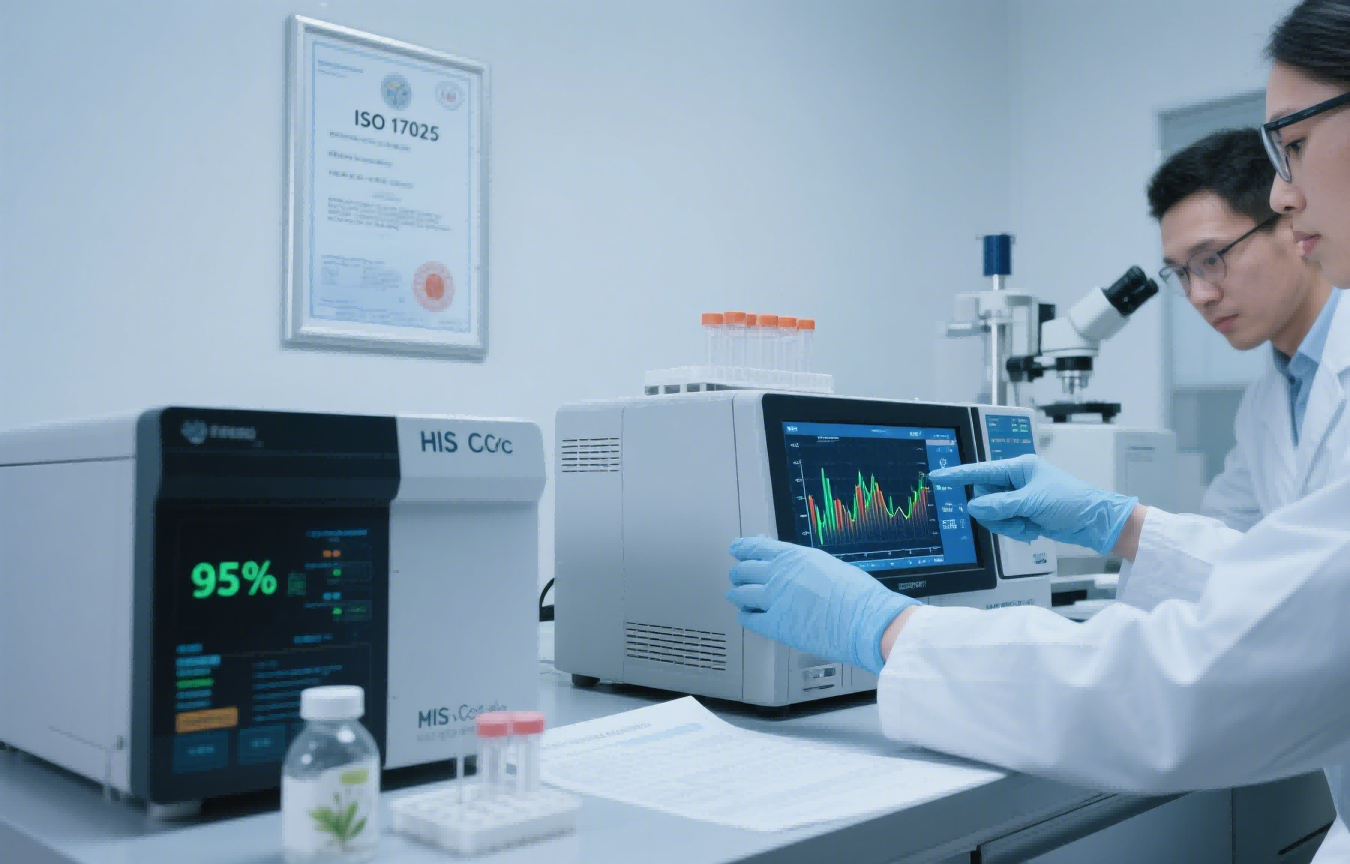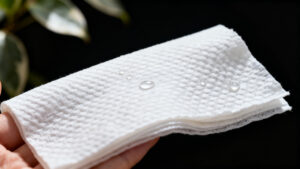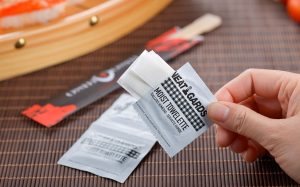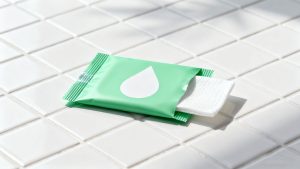Did you know the global wet wipes market will reach $26.7 billion by 2027? Understanding their classifications is crucial for importers.
Wet wipes are systematically categorized into 3 primary types: personal care (pH 3.5-8.5), household (biocide concentration 0.1-4%), and industrial (alcohol content 60-75%) wipes, each serving distinct purposes from infant care to medical sterilization1.

How Do Antibacterial Wet Wipes Compare to Regular Cleaning Wipes?
Why do hospitals pay 300% more for specialized antibacterial wipes? Antibacterial wipes contain quaternary ammonium compounds (0.5-2%) or chlorhexidine (0.5-4%) showing 99.9% microbial reduction versus regular wipes' 60-80% cleaning efficiency. Critical for healthcare but overkill for general surfaces1.
Performance Comparison:
| Parameter | Antibacterial Wipes | Regular Cleaning Wipes |
|---|---|---|
| Log Reduction | ≥3 (99.9%) | 1-1.5 (90-97%) |
| Active Ingredients | Benzalconium chloride, CHG | Surfactants only |
| Contact Time | 30-60 seconds | 10-15 seconds |
| Cost Premium | 200-400% | Baseline |
| Shelf Life | 12-24 months | 18-36 months |
Why Are Biodegradable Wet Wipes Becoming More Popular in Global Markets?
EU's Single-Use Plastics Directive is driving 47% annual growth in eco-wipes. Biodegradable wipes made from bamboo/viscose (degrade in 8-12 weeks vs 100+ years for synthetics) now comprise 28% of Western markets, with UK supermarkets pledging 100% plastic-free wipes by 20251.
Material Composition Analysis:
Conventional Wipes- 70% polyester/polypropylene
- 30% plastic packaging
- 0% biodegradability
- 50% bamboo/viscose fibers
- 30% PLA bioplastic
- 20% wood pulp
- 90-100% compostable
How Can Importers Ensure Wet Wipes Meet International Safety and Quality Standards?
52% of wet wipe recalls stem from non-compliant chemical formulations. Importers must verify 4 key certifications: 1) ISO 22716 GMP 2) EN 16615 microbiological efficacy 3) OECD 301B biodegradability 4) FDA 21 CFR 177.2800 for US market access1.
Compliance Checklist:
Testing Requirements- Preservative efficacy (USP 51)
- Skin irritation (ISO 10993)
- Tensile strength (ASTM D5034)
- Microbial limits (EP 2.6.12)
- MSDS for all chemicals
- BRCGS Packaging audit
- Dermatologist reports
- Supply chain traceability
Conclusion
Selecting appropriate wet wipes requires understanding technical specifications (like log reduction rates), material innovations, and strict adherence to regional regulatory frameworks that vary significantly1.References
- 1. 2024 Global Hygiene Products Technical Manual (Edition 5.1) ↩








